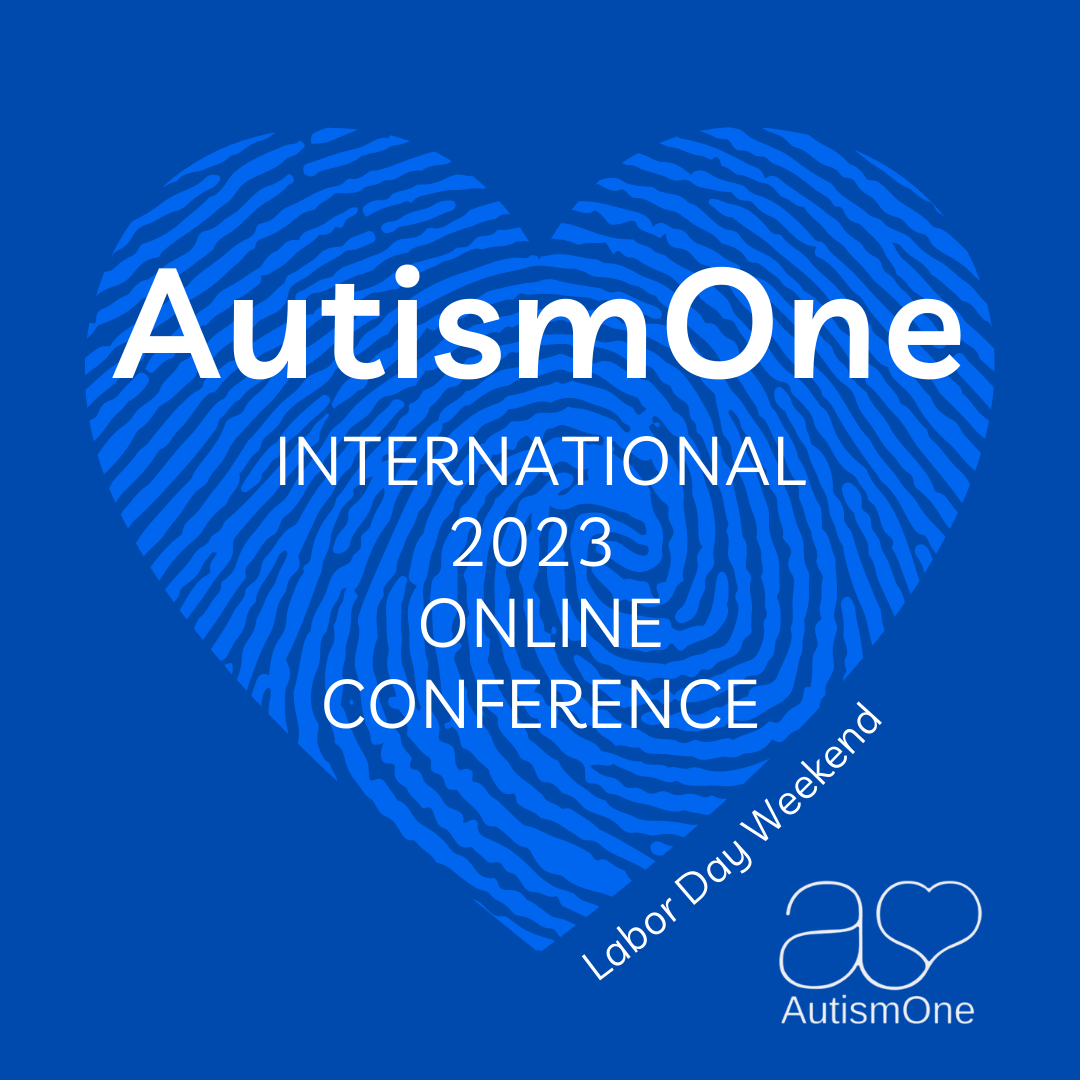PANDAS/PANS: Autism’s First Cousin
One major problem confronting many parents of autistic children face is a delay in diagnosis. Improvements in education regarding the “early signs of autism” have allowed many parents to correctly predict an autism diagnosis in their child before the age of 18 months. However, the CDC reports that 85% of parents have had concerns before age 3. Unfortunately, the CDC also reports that almost 60% of children with autism do not receive a “diagnostic” developmental evaluation before age three, and 40% wait until age four or later. This “logistics delay” has many causes, but the overburdening of the child mental health system by COVID-19-related issues has been a significant contributor in the past three years.
We propose a strategy to proceed from parental suspicion to precision diagnosis in less than six months. As soon as parents suspect autism in their child, the child is evaluated by a child neurologist with the capacity to see the child promptly. Then, a complete evaluation for PANDAS/PANS and next-generation whole-exome sequence is performed. There is evidence from my practice that PANDAS/PANS may eventually complicate autism in over 30% of parents (as compared to 1-2% in neurotypical children), which can lead to immediate treatment implications. With a proprietary deep analysis protocol (utilizing bootstrapping and AI), genetic testing can detect mutant genes with high likelihood. A genetic likelihood can be determined by leveraging an extensive internal database of parents with PANS and PDD-PANS. Those parents with PANS and/or high genetic likelihood are fast-tracked for a formal evaluation by standard clinical measures. The entire program can be performed cost- and, most importantly, time- efficiently; the program will answer the following questions: 1) does my child likely have autism (and if so, what is the cause); 2) Could PANDAS/PANS be playing a role for my child’s symptoms? Rapid answers to both of these questions will help guide early rational biomedical treatment strategies customized for each child – rather than the generic protocols currently in use.
Examples of cases analyzed by this “early PANS/deep genetic protocol” will be presented. “Customized treatment” which arises from the findings will be presented.
Presenter(s):
When
- Friday, September 1 2023 @ 10:00am(EDT)
WheRE
- zoom
Track
- PANDAS/PANS

